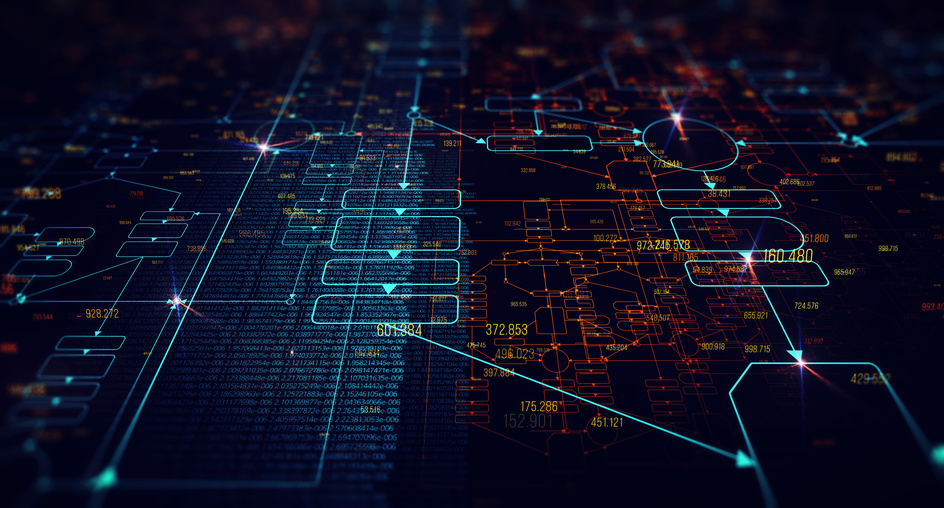
Blockchain. That's been a popular word in recent years, predominantly associated with Bitcoin currency. An initiated few know what blockchain technology is and how it works. Because of its associations with Bitcoin and the media exposure therefrom, people have been making their own assumptions that have been largely tethered to banking, currency, and global markets. We're here to let you know that blockchain goes far beyond that and, in fact, wasn't initially developed with money in mind.
It seems like fiction, but Bitcoin, Ethereum, and the numerous other blockchain currencies are merely a byproduct of technology that values something much more important than money: ownership.
Try to break free from assigning value to things with monetary worth. That's where the idea of blockchain begins. Where it's gone from there is still expanding and finding its footing because the technology is smaller than the idea. After all, without the device we're writing this on and the one you're reading it on, blockchain can't do its thing.
Breaking Down Building Blocks
In 1991, two guys named Stuart Haber and W. Scott Stornetta wrote about a fascinating idea. This was near the beginning of the internet, which at that point was largely reserved for the scientific community to exchange data, research and help inform each other of newly discovered developments. Beyond the reach of the futuristic Facebook scrolling layperson, these few dealt with the only thing of value that existed then. Data.
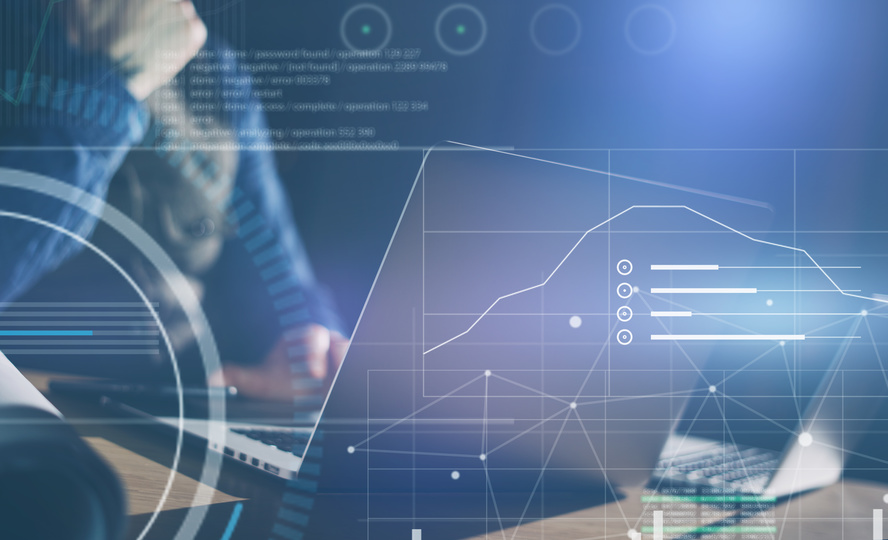
The initial advent of the internet, then increasingly accessible technology Tim Berners-Lee coined the World Wide Web in 1990, raised a thicket of security concerns. Back then, the scale of security issues wasn't nearly as extensive as it is today, but the only thing that would-be hackers could maliciously access was information. Of course, in the scientific and academic communities, this is value. Haber and Stornetta's idea was that with a digital platform that is so new, they needed a way to protect the information and contents being shared, not the platform. Compare it to having a firewall on each thing you type into your computer versus having a firewall on the computer itself. They phrased it thusly in their abstract:
"The prospect of a world in which all text, audio, picture, and video documents are in digital form on easily modiable media raises the issue of how to certify when a document was created or last changed. The problem is to time-stamp the data, not the medium. We propose computationally practical procedures for digital time-stamping of such documents so that it is infeasible for a user either to back-date or to forward-date his document, even with the collusion of a time-stamping service. Our procedures maintain complete privacy of the documents themselves, and require no record-keeping by the time-stamping service."
The computational safeguarding of information was the birth of blockchain technology. Specifically, their proposed digital time-stamp to data was the portion that would render data unchangeable. If one piece of information had an unchangeable digital stamp, anyone who attempted to modify or alter it would be realized as a fraud and this could be seen by everyone. Modern blockchain technology is this concept developed further and applied to every level of industry, most famously characterized in finance in 2009 by Satoshi Nakamoto in their paper Bitcoin: A Peer-to-Peer Electronic Cash System.
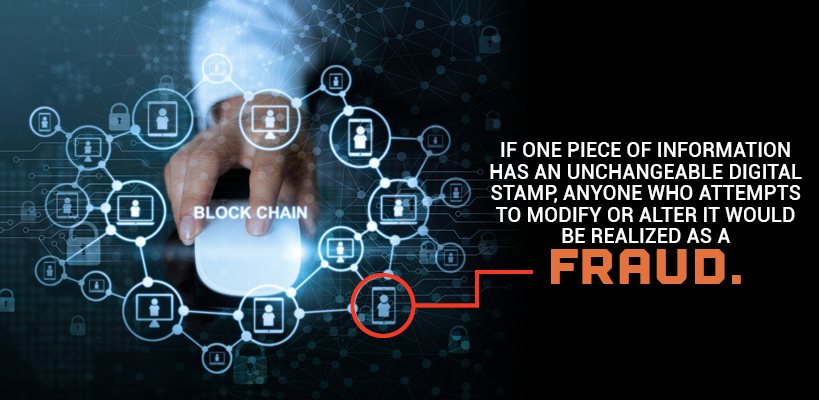
Without sullying the complexity of blockchain technology, it's a relatively straightforward process. Blocks of information are connected to one another in a continuous chain of exchanges. Each individual block of information has its own randomized code that cannot be replicated nor reversed. When that block chains itself to the next one, it adds its unique code to the unique code of the next one. And so on for billions and billions of blocks. Where the security comes in is that if an attacker attempts to disrupt any piece of any block, the entire chain is broken and the only people who have access to their personal block values are those on the chain. Hence hacking blockchain is nearly impossible. Reflect back to the digital time stamp posited in 1991. This is now called an immutable digital ledger.
This is where the importance of peer-to-peer transactions come in. Blockchain is not controlled by a centralized system such as banks. The transactions on the blockchain are purely individual to individual (peer-to-peer or P2P), secured by an immutable digital ledger. Bitcoin and other blockchain currencies became so popular because the biggest centralized system with pervasive security issues is banks. Why not take money to a place where the middleman of banks is removed and all monetary transactions are peer-to-peer and totally secured on the blockchain? Exactly.
Blockchain In Manufacturing
Where blockchain made a splash in the financial world, it's much more subtle in manufacturing. Manufacturing is a part of everything. Until we can think things into existence, they must be physically manufactured. Where we've advanced since the industrial revolution is in the technologies that are part of the tangible manufacturing process. Machines talk to machines, they're controlled by software that's exchanging data in the cloud at rates we cannot fathom. What's to stop a hacker from hopping in that process and, say, replicating exact duplicates of Apple computers? If every other software platform can lose the sensitive personal information of hundreds of millions of people, why wouldn't they steal from the manufacturing industry? Concerns like these have shifted the focus of manufacturing to incorporate blockchain technology.
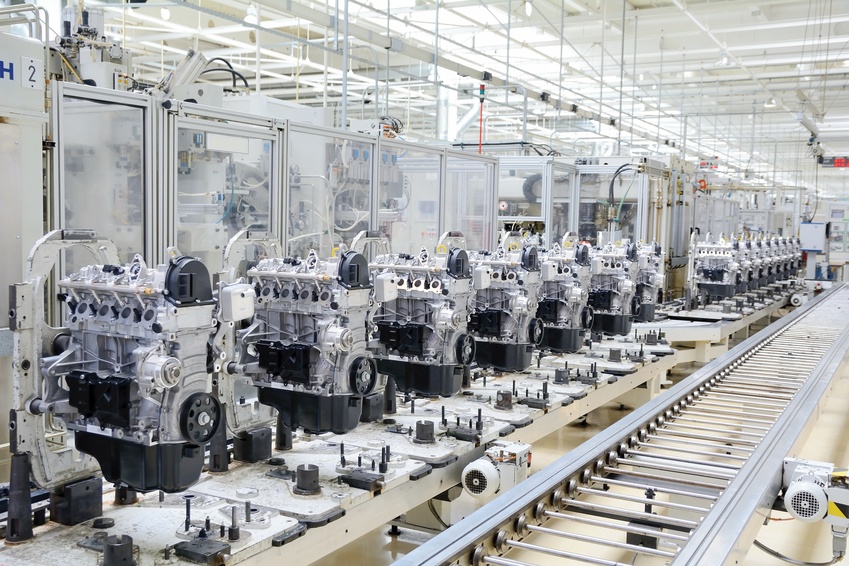
Data is currently the most valuable commodity in existence. Classifying the ownership and legitimacy of data, while securing it, is the foundation of blockchain in the manufacturing industry. Still a few years away from being fully realized, manufacturers are becoming illuminated on the benefits of blockchain technology in their processes. HP's Chief Technical Officer, Shane Wall, is looking on the horizon to see how it will disrupt counterfeit parts. The most salient example he uses to demonstrate blockchain useability is through 3D printing:
"I can actually track every single physical part. The printer prints it out and modifies the blockchain. After it completes the part, it updates the blockchain, and says, 'one is printed and you only have 999,999 you can do.' … It will radically change counterfeiting of parts, which is obviously a huge issue today."
![]()
Blockchain could act as an immutable safeguard for intellectual property in manufacturing physical designs, be they 3D printed or not.
In the manufacturing world, there are so many moving parts that keeping track of them is a Sisyphean task. This is especially true of manufacturers who operate at global scale. With that number of moving parts, blockchain technology, in tandem with the advanced software applications that manufacturers use, could help keep track of what's going where. Gary Brooks, The Chief Marketing Officer for global supply chain technology and manufacturing company Syncron, thinks similarly.
"With a blockchain solution, manufacturers now have a living dossier of activity logs and more so they can keep tabs on the flow of goods between companies. This provides an extra level of transparency and control -- and will enable large manufacturers to compete and win against the competition."
When manufacturers need to physically create thousands of parts to make up a single thing, then need to build thousands of those things, one begins to see where the supply chain can become one big industrial mess. Blockchain and manufacturing are flirting with ways to keep track of it in real time on the immutable digital ledger of the blockchain. The applications of blockchain to manufacturing are endless and the notions are tempting to regard as nearly utopian, but the technology is still new. The application to manufacturing is even newer. The fact remains that blockchain isn't going to flip the manufacturing industry on its head. What it stands to do is streamline processes that are already in existence.
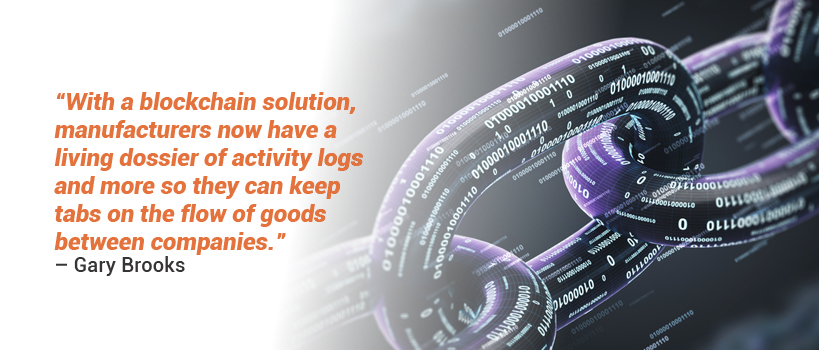
The Fundamental Issue Is Changing The Unknown
It's impossibly foolish to talk about blockchain in any industry without noting that we're wading into uncharted waters. It's conceptually brilliant and tempting to idealize. We love to use the word disrupt to talk about new ideas shaking up long-stagnant industries, but disruption is rarely met without resistance. So it goes with blockchain technology. Few understand it and fewer understand how to apply it to their own industries.
The financial world has fought blockchain tooth-and-nail because Bitcoin seeks to disrupt an institution. Where blockchain doesn't have a problem like that is in manufacturing. At the end of the day, the manufacturing industry just wants a better way to keep track of all those moving parts. They're their own institutions that build things. Once the details of those things are in order, the process of creating and fabricating them will fly a whole bunch faster. Blockchain can help with this, but the trouble is implementing technical applications that even the most technologically savvy are still grasping to learn.

The humorous part of all this is that blockchain is rooted in and depends on technology. Without our interconnected devices, blockchain is veritably useless. Our technological developments happen at such a rapid pace that our dependence on them -- in industry and in person -- only increases. As these technologies continue to grow and root themselves further, we have to adapt. Blockchain is essentially one of the closest next steps in our technological evolution.
Manufacturing has stood, in some facet or another, for as long as humans could create things, and we won't stop in the foreseeable future. The patience of the manufacturing industry is just what blockchain technology needs to have the perfect place for incubation. After that, it's only a matter of time.
